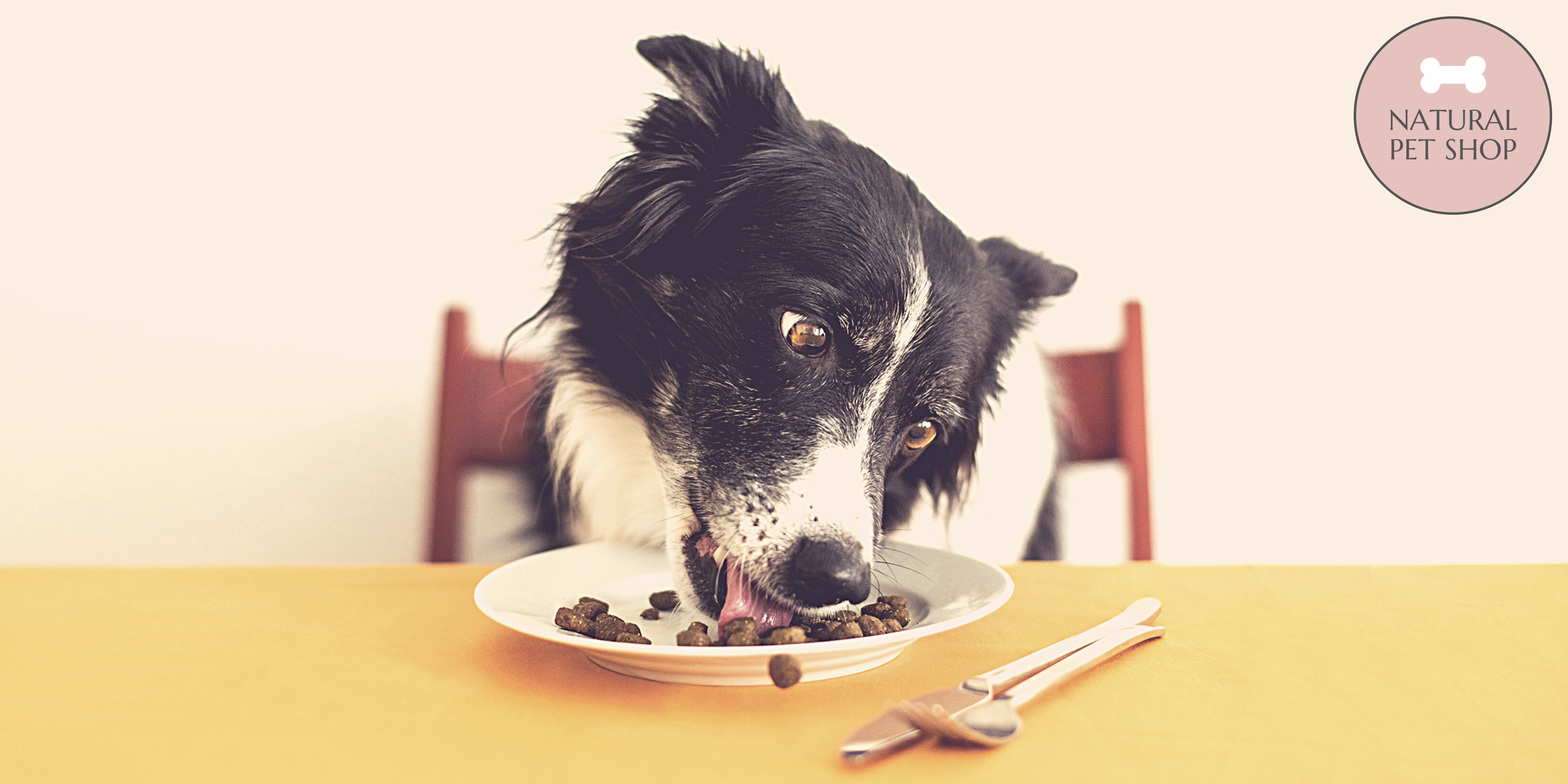In every behaviour consult I do, one of the big topics of conversation is the dog’s current diet and I will often suggest that we make some changes here. The reasoning for this goes beyond just health, diet has a huge role to play in a training plan.
How can diet affect behaviour?
When your dog eats their bowl of food, the protein is digested and broken down into amino acids. These amino acids are neurotransmitter precursors which simply means that they increase the production of neurotransmitters- chemical messengers in the brain (Massey ET AL., 1998). When we break down this chain of events it’s clear to see that a lack of protein, or unavailability of certain amino acids, can massively impact behavioural signalling and processing in animals. This was first demonstrated in a study by Milgram who tested the effects of diet on beagles.

He gave some of the dogs a food enriched with antioxidants and mitochondrial cofactors and found that in both pet and lab dogs, age-related behavioural changes were less significant (Roudebush et al., 2005). This means that the brain essentially slowed in its ageing process, simply from the dogs eating a better diet!
So what does this mean for training?
When conducting a training session of behavioural consult one of the first things I ask for is both details on the dog’s diet and medical history. This is because dogs on a better diet most often present to me as psychologically, and physically healthier. If we take the joint disease canine hip dysplasia (CHD) as an example, we know that for young dogs predisposed to developing CHD, a balanced diet with appropriate levels of calcium will lower the likelihood of them developing it (Fries et al.,1995). Not only this, for dogs already suffering with CHD, supplements such as green lipped mussel and fish oils are proven effective in alleviating associated joint pains (Hielm-Björkman et al., 2012). This to me clearly demonstrates how seemingly minor changes in our dog’s diet can majorly impact the animal! A diet free from additives, fillers and preservatives seems a sensible way to go. This extends beyond just the meal your dog eats each day- consider their treats and chews too.
And how about chews?
We know that the most important thing we can provide for our dogs is protein based foods free from fillers. Well, much the same goes for chews! Sitting in front of me I have a very common brand of dental chews that I picked up in Tesco. These chews are suggested for daily consumption and the number one ingredient is cereals…We know that dogs don’t really need cereal (carbohydrates) (NRC, 2006). Now that’s not to say that dogs can’t digest them, and in fact the ancestral diet for dogs is estimated to be made up of about 14% carbohydrates (Brown and Taylor, 2007). When we compare that percentage to the average modern dog foods carbohydrate content that lies between 40-75% there is clearly a huge disconnect in what we feed now verses what our canine companions used to eat. For all the above reasons I suggest that the chews we give our dogs are as natural as possible, with identified sources of protein and very little (if any at all!) carbohydrates content.
The reason that I specify identified sources of protein is because the second ingredient you usually find in big brand chews from supermarkets is ‘animal and meat derivatives’. Animal and meat derivatives were defined in the Feeding Stuffs Regulations 2005- “They are sourced from animals which have been inspected and passed as fit for human consumption and are the parts of the animal which are surplus to the requirements of the human food industry in the UK eg. heart, lung, or muscle meat, which may not be traditionally eaten by people in this country.” This essentially means that the meat could be from pretty much any animal, and any part of that animal. Not only that, the quantities of each animal and each body part can vary from one batch to another… This is obviously a nightmare for any dog suffering with intolerances or allergies, but even for the average owner who wants to know what exactly they’re feeding their dog, it’s not great news! For this reason, I advise steering clear of anything that labels: cereals, maize, starch, meat/ animal derivatives. Go for known whole cuts of animals that haven’t been unnecessarily processed! Examples such as rabbit ears, trachea, chicken feet and tails come to mind.
The bottom line?
Canine nutrition is super important to me and something you’ll hear me talk to clients about all the time. Our dogs are the products of their genetics and environment- we can massively influence them through food! The biggest takeaway I hope you get from reading all the above is that a species appropriate, natural, and balanced diet is one of the best daily gifts you can give your pet.
About the author:
Annie-Mae Levy
Dog Behaviourist & Trainer
Canine Nutritionist
www.ani-mal.co.uk
Give her a follow -
Instagram: @annietrainsdogs
Facebook: @anniesdogs
References:
National Research Council of the National Academy of Sciences, "Nutrient Requirements of Dogs and Cats", 2006 Edition, National Academies Press, Washington, DC.
The Feeding Stuffs (Scotland) Amendment (No. 2) Regulations 2005(45), in so far as they amend the 2000 Regulations.
Massey KA, Blakeslee CH & Pitkow HS (1998) A review of physiological and metabolic effects of essential amino acids. Amino Acids 14, 271– 300
Roudebush P, Zicker SC, Cotman CW, Milgram NW, Muggenburg BA & Head E (2005) Nutritional management of brain aging in dogs. J Am Vet Med Assoc 227, 722– 728.
Hielm-Björkman A, Roine J, Elo K, Lappalainen A, Junnila J, Laitinen-Vapaavuori O. An un-commissioned randomized, placebo-controlled double-blind study to test the effect of deep sea fish oil as a pain reliever for dogs suffering from canine OA. BMC Vet Res. 2012;8:157.
Fries, Cindy L., and Audrey M. Remedios. "The pathogenesis and diagnosis of canine hip dysplasia: a review." The Canadian Veterinary Journal 36.8 (1995): 494.


